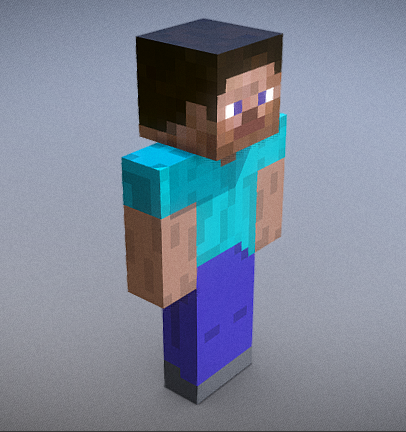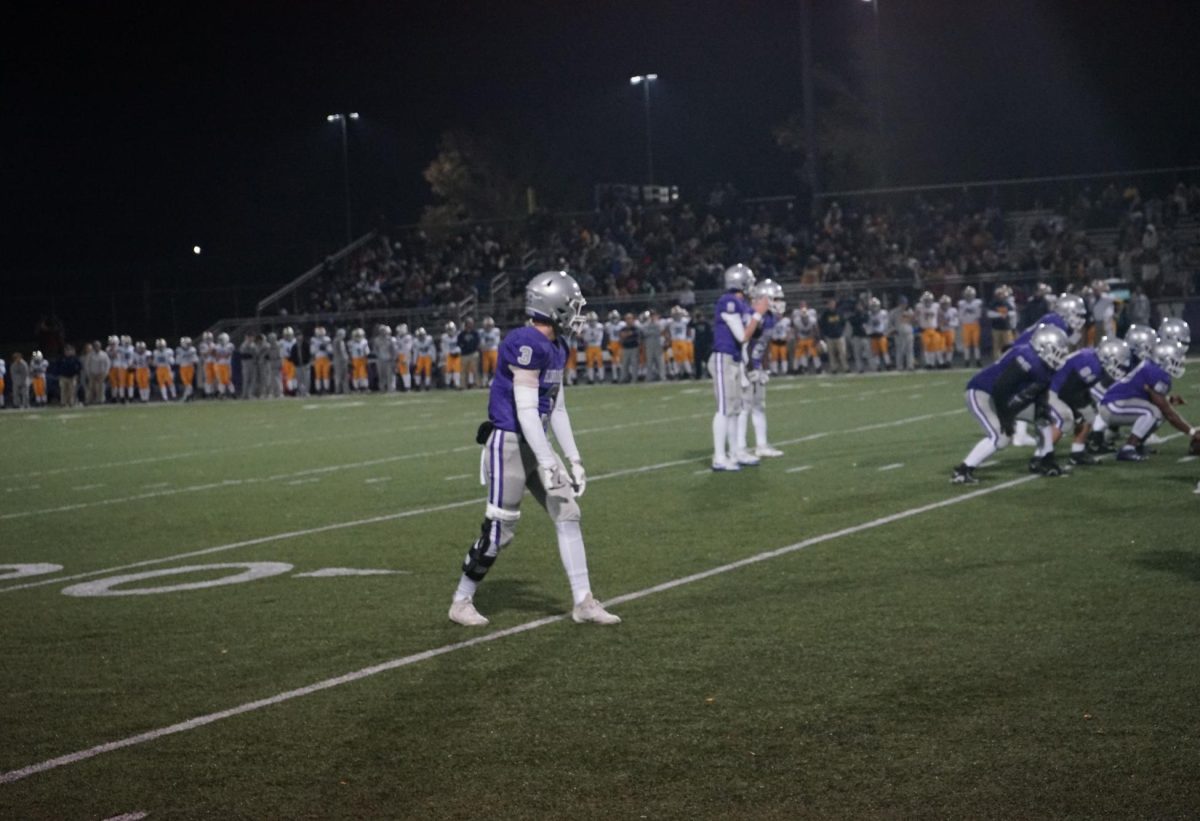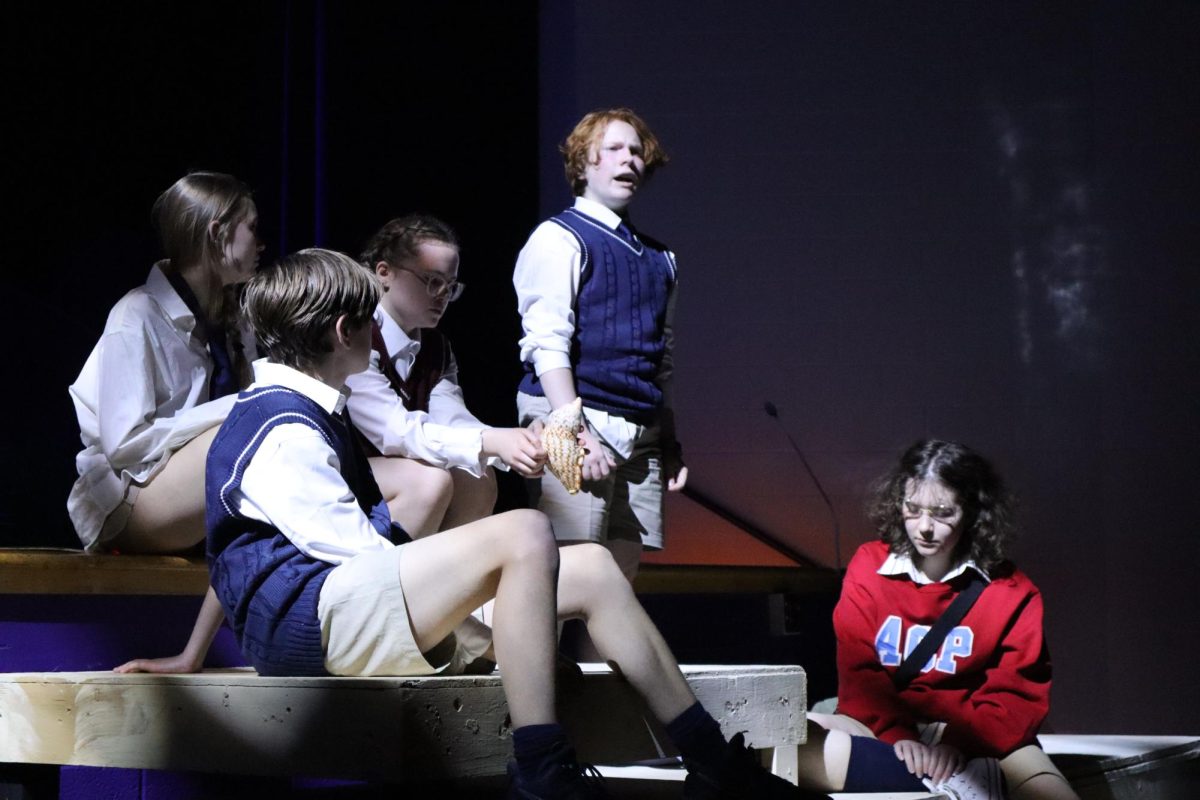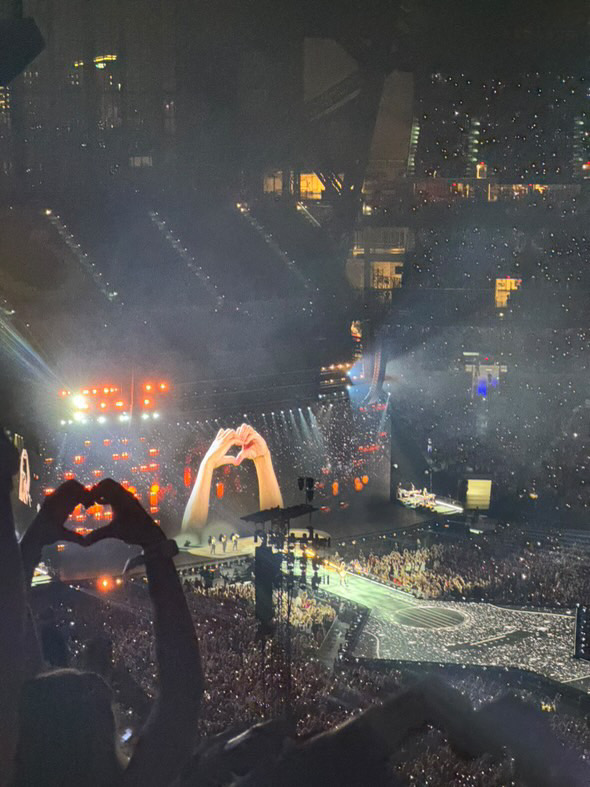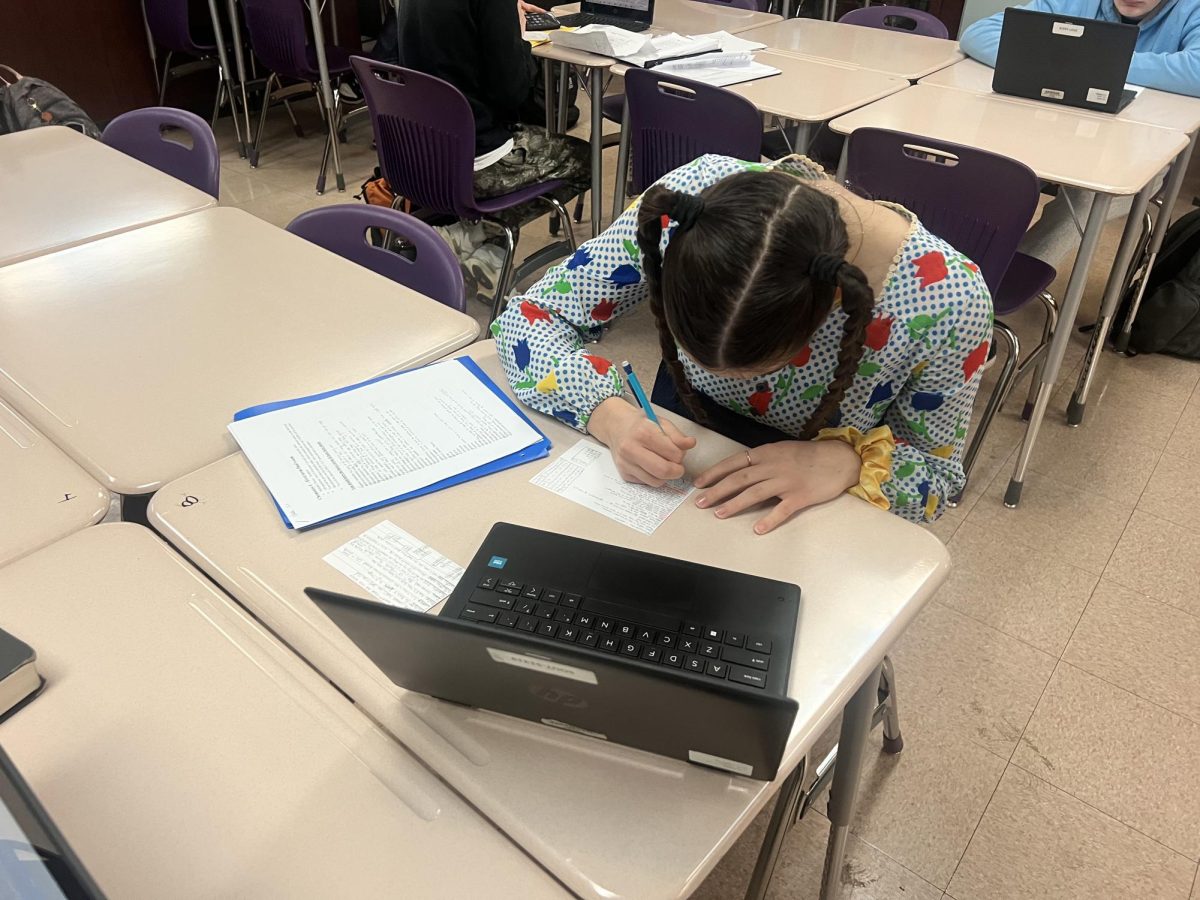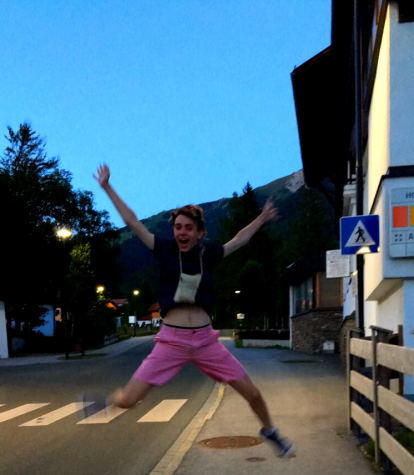It’s a little bit crazy to think about, but “Rogue One,” the second “Star Wars” film to be released since Disney acquired the rights to Lucasfilm (for a mere 4 billion dollars) back in 2012, is set to hit theaters in a week. “Rogue One,” set shortly before the events of “A New Hope,” follows a team of Rebel operatives as they set out to steal the plans to the Death Star in hopes of finding a weakness and eventually destroying it. It’s the first of a slew of planned spinoffs, or “Star Wars Stories” as Disney has rather cheekily taken to calling them, set to be released over the next couple of years, along with (at least) two planned sequels to last year’s smash hit “The Force Awakens.” With “Godzilla” (2014) director Gareth Edwards at the helm, fans can expect something a bit darker and grittier from this latest installment, and judging by the critical and financial success of “The Force Awakens,” we’ve every reason to be excited. So, in honor of “Rogue One’s” upcoming release, I’m taking a brief look at the franchise’s long history and ranking (based exclusively on personal taste) all nine previous installments.
- Star Wars Holiday Special
Wowza. This is one of those movies that’s just so astronomically bad that it’s impossible to even describe. Following the smash hit success of 1977’s “Star Wars,” George Lucas, for reasons neither I nor anyone else can possibly comprehend, decided to reunite the beloved characters for an extra outer space romp before their formal return in 1980’s “The Empire Strikes Back.” The result — a film so legendarily bad even Lucas, the filmmaker behind the infamously underwhelming “Star Wars” prequels, has publicly proclaimed his hatred for it. The plot centers around Chewbacca as he and Han Solo return to his home world to celebrate Life Day with his family. Sounds like the makings of a moderately fun, if potentially cheesy, adventure, right? Wrong.
“Holiday Special” is chock-full of garbage visual effects — the same few bits of outer space stock footage from “Star Wars” recycled again and again because the film’s budget was too pathetically small to afford outer space sequences; performances so bad the actors legitimately seem to be drunk, stoned, or both (Carrie Fisher later admitted to being stoned and drunk throughout production); a plethora of nonsensical subplots including a cooking show, a cartoon (which infamously introduces fan favorite “Star Wars” character Boba Fett), several musical numbers (performed by actors who, no offense, sound more like beached whales than people), a head-trippy softcore porno, and (of course) shoehorned-in Imperials. It’s a shockingly horrible film, representative not only of the worst of George Lucas’ directorial misfires but also of perhaps one of the biggest misfires in cinematic history. To this day I’ve seen it only once, and I hope to never see it again.
- “Star Wars: The Clone Wars”
I’m hesitant to even include this on my list, as it’s not a live action film, nor is it even technically a film. For all intents and purposes, “Clone Wars” is just a feature-length advertisement for the Cartoon Network television series of the same name; the film’s producers even admitted that it’s just the first three episodes of the series sewn together into a clunky mess of a film. Thankfully, the actual series is considerably better, but this is terrible advertising. I’ll be honest — I actually haven’t seen this one since it came out in 2008, but given that even my younger self was not particularly fond of it, it’s unlikely that a rewatch would help its cause. The animation is lifeless, jarring, and clunky; the story is full of contrivances and trite nonsense; and the characters themselves are dreadfully mishandled. On the bright side, there’s no Jar-Jar in this one!
- “Star Wars Episode I: The Phantom Menace”
Look, there’s simply no way this thing was going to live up to the hype it had prior to its release. Even conceptually it just doesn’t work — the entire concept of taking the characters of the original “Star Wars” and giving them origin stories is just a bad idea; the veiled references to the Clone Wars, the Jedi Order, the fall of the Republic, and the backstories of each of the important characters in the original “Star Wars” series serve as all the backstory those characters need to function, and there’s a reason none of the proceedings of the prequel trilogy are explained in greater detail: they’re boring. Conceptual faults aside, “The Phantom Menace” squanders loads of potential. Rather than even beginning to lay out character and narrative arcs, it wastes its two hour runtime developing establishing a cast of spectacularly uninteresting characters entirely devoid of personality and introducing viewers to a plethora of fake-looking CGI locales.
There are definitely a few redeeming factors: that climactic lightsaber duel is pretty nifty, the pod-race, while overly long and poorly shot, is loads of fun, and John Williams’ score is as spectacular as always. Ultimately, though, they buckle under the weight of a film bogged down in trade negotiations, fart jokes, and Jar-Jar Binks. It’s all visual panache, and Lucas just doesn’t seem to get that that can’t carry a film. “Phantom Menace” is a film constructed entirely of wrong turns, and ultimately the series could function perfectly well without it. Lucas succeeds in little more than creating a CGI candyland and populating it with characters as unlikeable as they are uninteresting. Even Darth Maul, whose ‘coolness’ begins and ends with the way he looks, is wasted; all possibility of further development and utility for the character in future sequels goes out the window with his death. I’m still unsure why on earth Lucas thought political negotiations would make interesting framework for a “Star Wars’’ picture (imagine watching two hours of an action movie intercut with footage of NAFTA being discussed) but in all honesty, politics are the least snooze-worthy aspect of “The Phantom Menace;” it’s just an all-around bore of a movie and in all likelihood one of the most underwhelming films ever made.
6.”Star Wars Episode II: Attack of the Clones”
Deciding whether I hate “Attack of the Clones” or “Phantom Menace” more was a pretty tough choice, I’ll admit. They’re both garbage movies. I think that “Attack of the Clones” has more redeeming qualities than its predecessor — particularly the Battle of Geonosis, the arena sequence, and Christopher Lee’s sinister villain Count Dooku — though it’s ultimately just as sloppy, contrived, and bogged down by CGI nonsense. On the bright side, “Attack of the Clones” actually makes a legitimate effort to further the arcs of the series’ ongoing narrative and characters, giving the character of Anakin a bit more depth (though he’s still a pretty bland character, and Hayden Christensen’s dreadful performance does little to remedy that) and introducing the Clone Wars, to which Obi-Wan refers briefly in the original “Star Wars.” There’s even loads of good material as far as the script is concerned: the mystery Lucas develops surrounding Jango Fett and the secretive origins of the Clone army is actually almost interesting, and the politics surrounding the Clone Wars are undoubtedly boring, but they’re a big improvement over “Phantom Menace’s” trade negotiations.
Of course, all of the potential “Attack of the Clones” has on paper is completely ruined by Lucas’ absurd incompetence behind the camera. As far as filmmaking goes, “Attack of the Clones” is even worse than its predecessor, and that’s saying something. There’s a sense of urgency that’s sorely missing from the mystery, rendering it pretty boring at times, the weirdly childish slapstick comedy that ruined “Phantom Menace” is perhaps even more apparent here than it was there, and as if all of that wasn’t already bad enough, there’s a horrible budding romance between Anakin and Padme to ruin it all. I’m sure Hayden Christensen is a delightful guy, I really am, but the man gives one of the most wooden performances ever put to film here. Mix that with some terrible dialogue and the genuinely atrocious chemistry between Christensen and Natalie Portman and you’ve got one of the worst depictions of love in cinematic history. Some of the action “Attack of the Clones” has to offer is actually moderately entertaining, giving it the edge over “Phantom Menace” purely in that its finale is far more compelling than its predecessor’s, but the majority of the film is still pretty atrocious. And to top it all off, there’s Hayden Christensen’s infamous “sand” line.
- “Star Wars Episode VI: Return of the Jedi”
This was a really, really, really close call. In my book “Revenge of the Sith” and “Return of the Jedi” are both equals, and I love both dearly, but for the sake of argument I had to pick one as the weaker of the two, and as by far the weakest of the original trilogy films, it had to be “Return of the Jedi.” Material-wise, “Episode VI” has some of the best parts of the entire series. Two thirds of the third act is absolutely magnificent, the opening hour on Tatooine is basically what dreams are made of, and the climactic duel between Luke, Vader, and the Emperor is without a doubt the highlight of the entire “Star Wars” series. There’s so, so, so much to love about “Return of the Jedi,” and yet for all of that it still falters. A large part of that is George Lucas’ fault; as his “Star Wars” franchise grew in popularity, it’s quite apparent that he began to try to commercialize it by broadening its appeal. The ewoks feel plucked straight out of a kids movie, and they’re probably the biggest warning sign of what was to come in the prequels.
The third act delivers entertainment in droves, with both the best lightsaber duel in the entire series (before “Force Awakens” came out, that is) and one of the most exciting space dogfights. Its crippling flaw, however, comes in the Battle of Endor, which not only underwhelms as an action set piece, but also deprives Han Solo and Leia of the pivotal roles the two deserve in the climactic action sequence of the trilogy’s final film. Pacing-wise there’s also a bit of an issue; the film sails through its delightful first hour in what feels like no time at all, only to grind to a halt as its characters journey to Endor to frolick with its population of living teddy-bears. Even the exciting speeder-bike chase through the planet’s dense forest can’t save the film from falling into boredom. Perhaps I’m being too harsh. Faults aside, I absolutely adore “Return of the Jedi.” Could it have been better? Perhaps, but it delivers a thrilling conclusion to the greatest film saga of all time, and that’s no small feat.
- “Star Wars Episode III: Revenge of the Sith”
Like I said, this was a close call. In my eyes both “Return of the Jedi” and “Revenge of the Sith” are genuinely exceptional films, and given that one is the weakest of its trilogy and the other by far the strongest of its trilogy, I felt that “Revenge of the Sith” deserved the higher spot. It’s also incredibly emotionally impactful and unfairly criticized. What’s most striking about “Revenge of the Sith” is that it’s rather dark for a “Star Wars” film. This is, of course, fitting given the tragic nature of the part of the series’ lore it must chronicle, but I nonetheless admire Lucas’ bold willingness to make “Revenge of the Sith” such a dark and deeply saddening film. Few films conclude with endings as dour and downbeat as this, and I think the finale and conclusion of this third “Star Wars” prequel are a rare treat. It’s not often we’re able to walk out of a film, especially not a blockbuster of this size and caliber, feeling this downtrodden and hopeless. Of course, we all know that Luke and Leia will eventually save the galaxy from the Empire, but that knowledge doesn’t temper the sadness of “Revenge of the Sith.”
I also admire Lucas’ choice to make Anakin’s fall to the Dark Side a tragic one, as it humanizes the character. It’s not necessarily the direction one might expect for the backstory of a character as ruthless and evil as Vader, and that’s what makes it work. That Anakin is seduced down a dark path by his love for Padme and ultimately corrupted by anger not only adds to the tragedy of it all but also introduces a type of emotional complexity not found in any of the other “Star Wars” films, and that feels fresh and legitimately inspired. “Revenge of the Sith” represents everything the “Star Wars” prequels had the potential to be, and even though “Phantom Menace” and “Attack of the Clones” are absurdly terrible films, it’s endlessly gratifying that the prequel trilogy’s finale is as enthralling and emotionally satisfying as it is. Like its predecessors, “Revenge of the Sith” is at times bogged down by nonsensical computer generated action extravaganzas (the chase between Grievous and Obi-Wan is particularly cringey), but even its worst moments are almost forgettable based purely on the entertainment value of the film as a whole. It never quite reaches the highs of the original trilogy, but it comes darn close.
- “Star Wars Episode IV: A New Hope”
There’s a reason “Star Wars” became the pop culture phenomenon it did, and it’s called “A New Hope.” George Lucas’ love letter to the classic adventure serials he grew up with not only carved itself a place for the ages in popular culture and jump-started what is perhaps the most iconic film series in cinematic history, it also revolutionized the way films are made. Despite a small budget and a number of other production constraints, Lucas’ film still showcases some absolutely gorgeous visual effects — “A New Hope’s” usage of miniature models for its spaceships and other supersized vehicles conveys size and scale oh-so-effortlessly and develops a vibrant and engaging universe that oozes character and charm.
“A New Hope” would be at the top of this list were it not for the existence of two other absolutely incredible“Star Wars” films, but none of the series’ iconic characters, locales, lore, and starships would exist without the 1977 original. It’s an unparalleled film as far as world-building goes, and it lays out a rich universe filled with fascinating lore that sets the groundwork not only for its sequels and prequels, but for hundreds of other “Star Wars”-inspired films to come. What ultimately makes “Star Wars” such a delight is its characters — all of whom, from its archetypal heroes to its dastardly villains, are immediately captivating, compelling and likeable. A more iconic and incredible cast of protagonists has never existed, and it’s unlikely that any will ever trump the excellence of Luke, Han and Leia. “Star Wars” establishes a precedence of excellence for the series and introduces a rich and fascinating, fantasy-inspired lore, as well as a cast of instantaneously loveable characters, to boot. It’s one of those rare films that transcends not only its genre, but its medium, as well; “A New Hope” is not just the pinnacle of cinematic excellence, it’s simply a timeless and incredible story, period.
- “Star Wars Episode VII: The Force Awakens”
In 1999, fans worldwide pronounced the “Star Wars” series dead. In 2005, after the release of “Revenge of the Sith,” we dejectedly accepted that two of the last three trips we would ever take to the “Star Wars” universe were colossal trainwrecks. I doubt any of us would have thought that that a mere 10 years later we’d be getting the first of many, many more “Star Wars” films, and even if we had predicted it, there’s no plausible way we’d have expected something as incredible, as revolutionary, as “The Force Awakens.” “Episode VII” has its fair share of critics, and I legitimately understand where they’re coming from with a number of their criticisms, but I absolutely adore “The Force Awakens.” It’s a film tasked with so innumerably many things that it shouldn’t have possibly been able to achieve them at all, let alone do so in such a tremendously successful manner. Thirty eight years after George Lucas’ original “Star Wars” film introduced us to a loveable cast of characters and established decades worth of canon in one fell swoop, J.J. Abrams “The Force Awakens” introduces us to an arguably even more loveable cast of characters and satisfactorily fills in decades’ worth of material.
How Abrams managed to craft something that feels so simultaneously old and new, original and familiar, is entirely beyond my comprehension. What I do know is that with “The Force Awakens,” he and screenwriter Lawrence Kasdan beautifully manage the delicate balancing act of drawing from classical “Star Wars” tropes to create a sense of familiarity whilst also creating new characters, lore, and plot threads to keep the series fresh. The end result is a film that is compelling, enthralling, engaging, packed full of gutsy decisions and incredible action, and feels the most uniquely “Star Wars”-y as any since “The Empire Strikes Back.” Yet for all its incredible action and gorgeous visuals, it’s really the characters that make “The Force Awakens” such a revelation of a film. Daisy Ridley is absolutely enchanting as the series’ protagonist Rey, and John Boyega and Oscar Isaac deliver tremendously charismatic turns as her co-leads. Even old cast members like Harrison Ford and Carrie Fisher bring their A-game, sliding comfortably back into roles they’ve not played in decades, and opposite all of the above is Adam Driver, giving what is perhaps the series’ best and most emotionally complex performance as antagonist Kylo Ren. “The Force Awakens” is an absolutely phenomenal film; I love it more each time I watch it, and because of it, I’ve never been more excited for the future of “Star Wars.”
- “Star Wars Episode V: The Empire Strikes Back”
You knew this was destined to be number one. “Empire Strikes Back” is commonly revered as one of the greatest sequels of all time, but I would contend that it ought to be recognized as one of the greatest films of all time. It basically established the precedence for sequels to be darker and more thoughtful than their predecessors and as far as I’m concerned, there’s not a better sequel out there. “Empire Strikes Back” takes its characters to substantially darker places than its predecessor, and it’s an all-around dramatically heftier film than “Star Wars.” It achieves this graver, weightier tone without sacrificing the fun and energy that have come to define the series. It’s bigger, it’s darker, it’s more thoughtful and more introspective, and yet, at the same time, it’s even more energetic and exciting than its predecessor.
Director Irvin Kershner uses the series’ iconic duality between good and evil, the Light side and the Dark, as a means to explore the duality between good and evil, finding good in its villains and evil in its heroes. Such explorations are a risk, as they possess the potential to bog the film down in philosophical musings, but by introducing the character of Master Yoda and incorporating its philosophical explorations into Luke’s training as a Jedi, an ingenious decision in my eyes, it avoids this entirely. “Empire Strikes” back is faster-paced and more exciting from the get-go, and even as it slows down to explore the emotional depths and complexities of its characters, it is never boring. Kershner effortlessly transitions between slower, more thoughtful sequences and action-heavy ones, ultimately constructing a film as exciting as it is thoughtful. “Empire Strikes Back” features some of the best moments of the entire trilogy, namely the “I am your father” reveal, Han and Leia’s profession of love for one another (there will never be a better romantic exchange put to film than “I love you” … “I know”), the Battle of Hoth, and Luke and Vader’s climactic duel. “Empire Strikes Back” is without a doubt the best “Star Wars” film.
